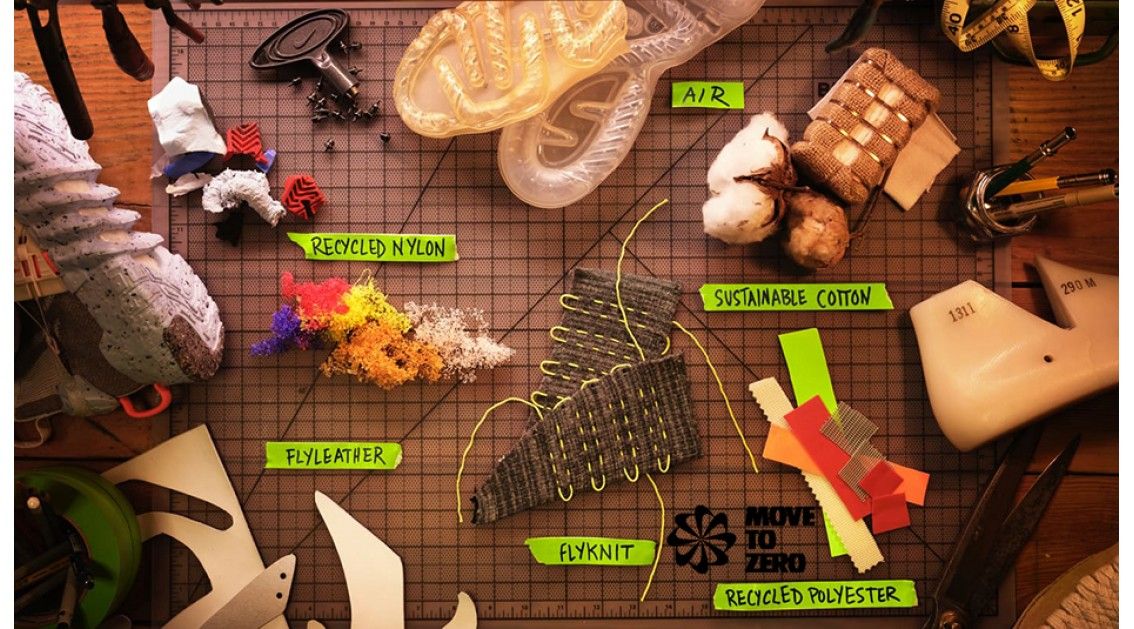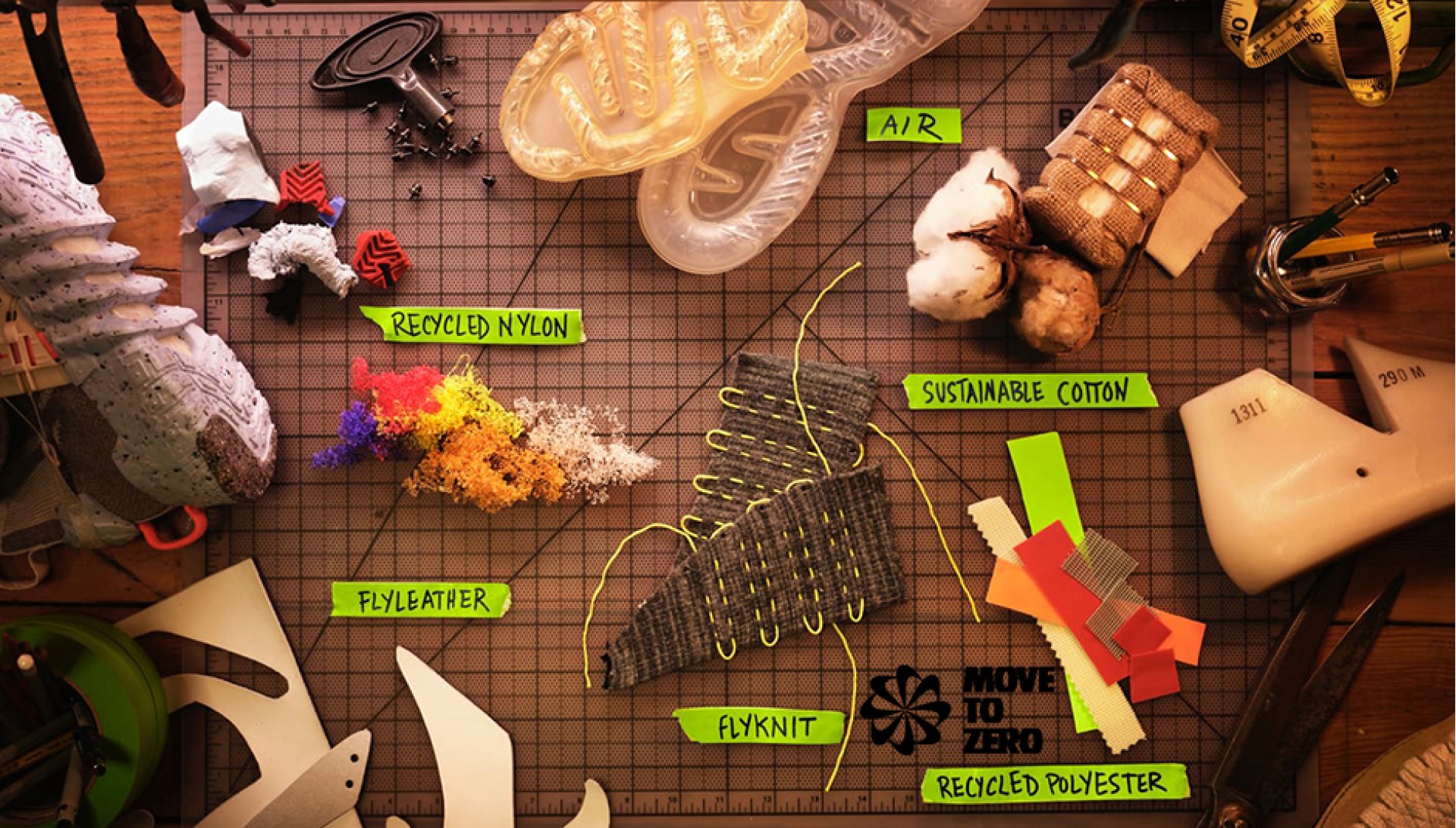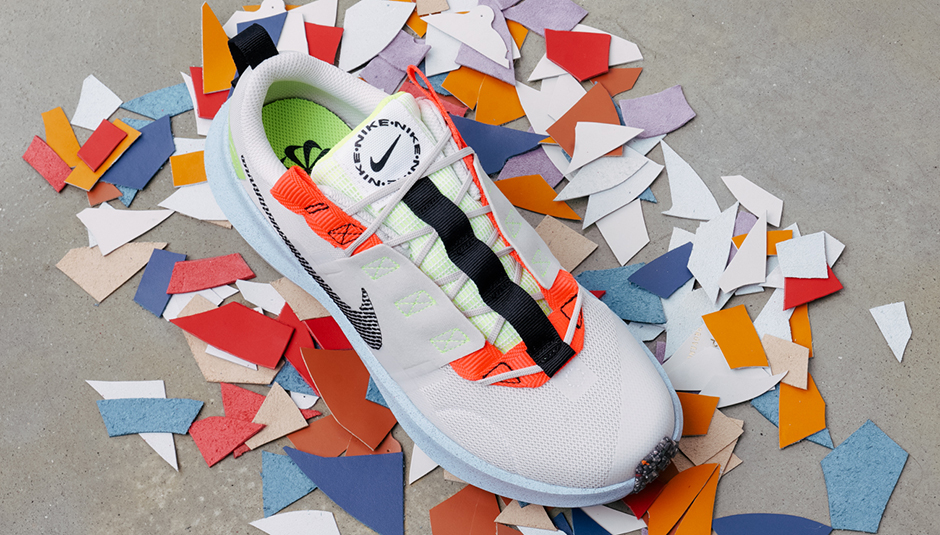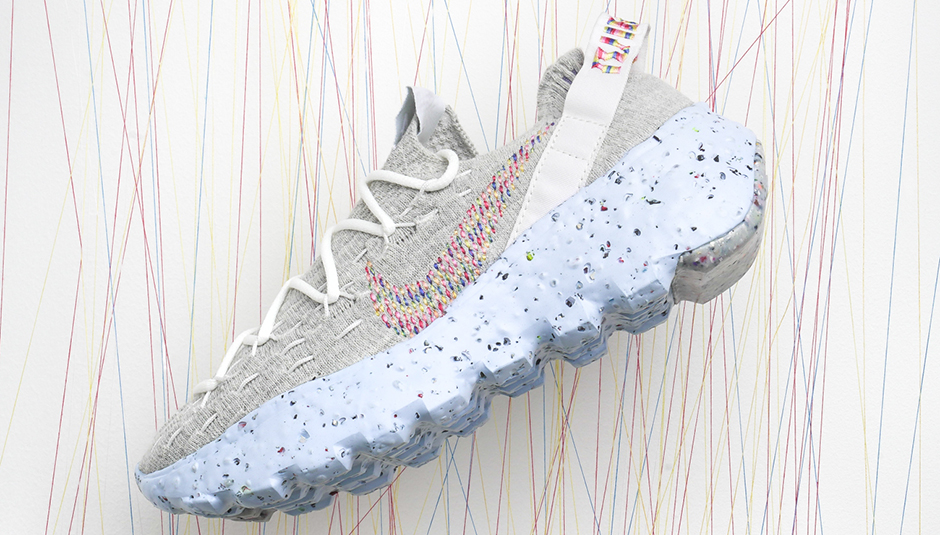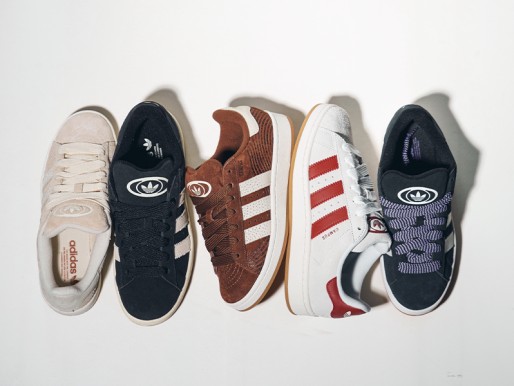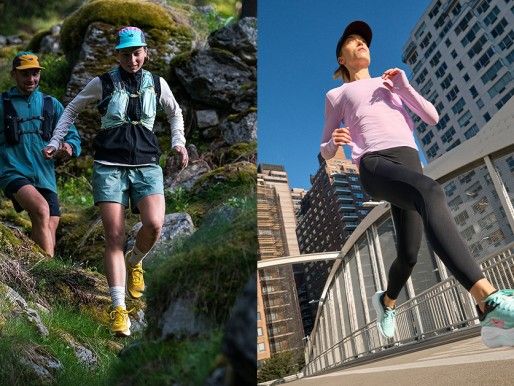It's no surprise to anyone that sustainability and climate change are on society's priority list these days. Brands have realised this and decided that they have a key role in this fight that belongs to everyone, especially when they are part of the second most polluting sector after oil.
Early on, Nike has been working to reduce its ecological footprint. The brand was founded in 1964 and just over 25 years later began to change. First it swapped its petroleum-based glues, for water-based alternatives. After ten years, it was time to change the rubber used in the soles, for one with 96% less toxins. In 2001, Nike became the first clothing brand to publish a report on social responsibility. A range of small steps that lead us to the present day and the 'Move to Zero' initiative.
The 'Move to Zero' movement aims to protect the planet and sport by going towards zero carbon emissions and zero waste from the brand's entire production chain. It is a utopian dream and Nike knows it will never reach absolute zero, but will do everything to get as close as possible. To do so, it is betting on circular design.
As the name might suggest, circular design is based on using all resources in various ways. A product that is at the end of its life will give rise to a new one, which in turn can be reused in another way when it is broken or worn out. The main goal is a planet without waste and with fewer emissions. That's already why Nike talks about 'more pride, less waste'. It's all about creating a long-lasting product that is developed with the end in mind.
In practical terms, that translates into using renewable energy, recycled materials, sustainable cotton, smaller, paperless boxes and reducing water and chemical consumption. Currently, 78% of all Nike, Jordan and Converse products contain some recycled material, be it recycled polyester, recycled nylon or own creations such as Flyknit fabric and Flyleather. Nike Grind soles, on the other hand, are made up of waste, recycled sneakers from the Reuse-A-Shoe programme and unsold sneakers.
However, using recycled materials is not the total solution. The way they are manufactured also counts for a lot. Nike's approach looks at the carbon, energy, waste, water and chemicals used in the life cycle of products in order to make the necessary adjustments. It was thanks to this that it was possible to develop Air technology, the brand's most sustainable. According to Nike, it is possible to reuse more than 90% of the waste from the manufacture of Air technology and transform it into new Air capsules.
In addition to the Nike products themselves, the American brand has a page dedicated to this theme, where you will find six guidelines, written in six different languages. Move to repair, reuse, reduce, recycle and reimagine.... Move together. With this battle cry, Nike wants to encourage you to be part of the project, either through its products or through the various environmental organisations it partners with.
'Talking Trash' is a series of conversations led by climate expert Ayana Elizabeth Johnson. In video, Dr Johnson interviews personalities and athletes, such as Billie Eilish and Chloe Kim. So far, they have already discussed the impact of global warming and pollution on sport. Did you know that these days it's increasingly difficult to play winter sports outdoors? Olympic snowboard athlete Chloe Kim says there are beginning to be fewer areas with conditions cold enough to practise her sport, which can't be done with thin layers of snow.
This was just one example. Find out more, get informed and take action. At least, that's what Nike is doing. Whenever you see the Sunburst logo, made up of several swooshs arranged in a circle, you already know that this product is part of the 'Move to Zero' movement. Will you join in too?

